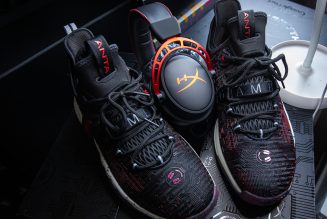With artificial intelligence being so prevalent across, well, just about everything these days, it’s no small feat for AI developers to make their products stand out among the deluge. Very few have managed to capture as much attention as Rabbit, the AI startup that’s managed to sell 40,000 units of its standalone $199 R1 gadget within eight days of launching the device at CES in January this year.
The AI-powered Rabbit OS behind the Rabbit R1 is essentially a dedicated virtual assistant that’s designed to interact with your favorite apps like a kind of universal controller. The OS is built upon a “Large Action Model” trained to interact with common apps like Spotify and Uber to get things done; from sending messages, controlling music, making online purchases, and more.
At around half the size of an iPhone, the orange Rabbit R1 gadget was designed in collaboration with Teenage Engineering, and features a 2.88-inch touchscreen, a scrolling navigation wheel, and a rotating camera. It’s a little reminiscent of the Playdate handheld game console.
We’re keeping track of all the latest updates surrounding the Rabbit R1 so that nothing gets buried in the hype — providing the device lives up to its sizable expectations.
-



The Humane AI Pin has collapsed, but Rabbit is still kicking. The company published a blog post and video today showing off a “generalist Android agent,” slowly controlling apps on a tablet in much the same way that Rabbit claimed its R1 device would over a year ago. (It couldn’t, and can’t.) The work builds on LAM Playground, a “generalist web agent” Rabbit launched last year.
The engineers don’t use the Rabbit R1 at all for the demonstration. Instead, they type their requests into a prompt box on a laptop, which translates them to actions on an Android tablet. They task it with things like finding a YouTube video or locating a whiskey cocktail recipe in a cocktail app, gathering the ingredients, and then adding them to a Google Keep grocery list. At one point, they ask it to download the puzzle game 2048 and figure out how to play it, which it does, albeit slowly.
-

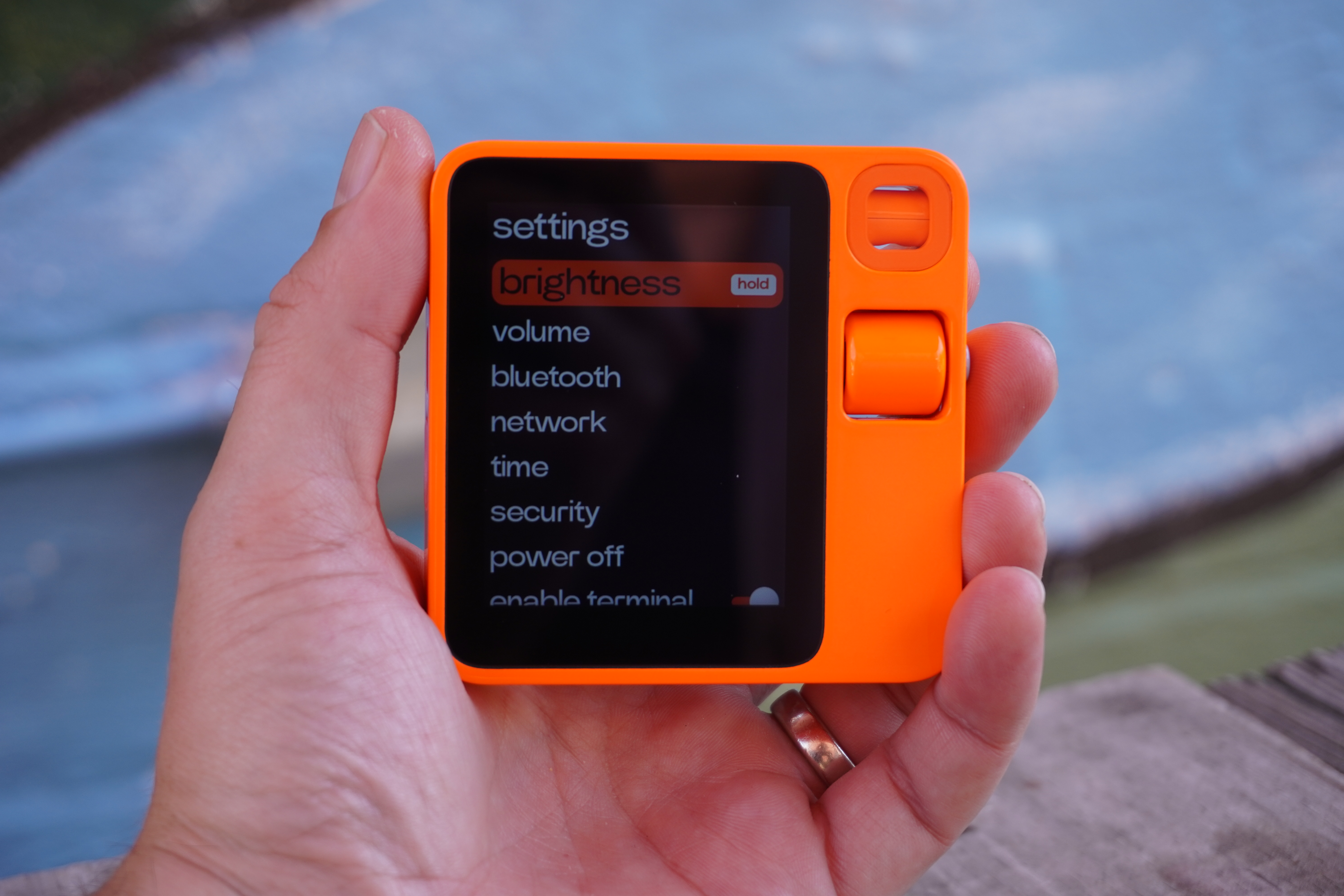

Rabbit is rolling out “teach mode” to its R1 devices, allowing you to create an AI agent that can perform tasks for you. The feature works by “learning” a task you demonstrate, such as retrieving updates from a content creator you follow, or helping you draft a post on social media.
You can access the feature by logging into the Rabbithole, the web interface for managing an R1 device. From there, you’ll create a “lesson” by describing a task and then recording yourself performing it. Once you show the AI agent what you want it to do, you can then ask it to recall what it’s learned and have it complete the task. It seems straightforward, but Rabbit acknowledges that teach mode is experimental and results may not always be what you expect.
-

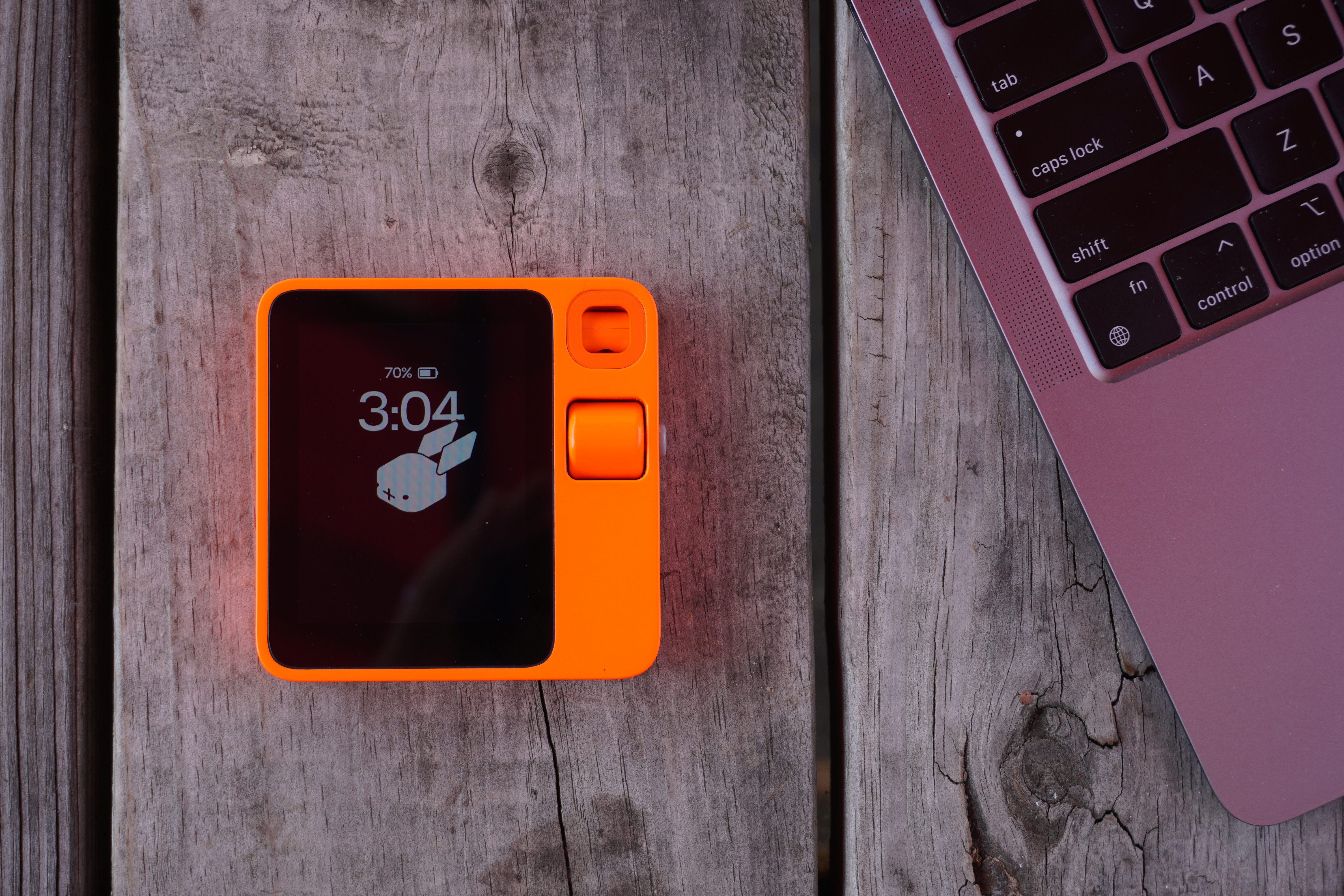

-
 Correction: Only 5,000 people are using the Rabbit R1 at any given time, not in a day.
Correction: Only 5,000 people are using the Rabbit R1 at any given time, not in a day.That’s straight from Rabbit CEO Jesse Lyu, who took great exception to our story from September 25th, which was sourced to a Fast Company article about his comments at one of their events. Jesse told me the actual daily user number was around 20,000, spiking up to 34,000 the day the company’s new LAM Playgrounds were launched, and that his actual comment was that 5,000 of those people were using the Rabbit at any given time. For context, Jesse also told me Rabbit has sold 100,000 R1s so far.
Fast Company has corrected its story, and we’ve updated our story as well. You can hear the whole conversation on Decoder.
-



Today, I’m talking with Jesse Lyu, the founder and CEO of Rabbit. The startup company makes the adorable r1 AI gadget — a little handheld designed by superstar design firm Teenage Engineering. It’s meant to be how you talk to an AI agent, which then goes off onto the internet and does things for you, from playing music on Spotify and ordering an Uber to even buying things on Amazon.
Rabbit launched with a lot of hype at CES and a big party in New York, but early reviews of the device were universally bad. Our own David Pierce gave it a 3 out of 10 in May, saying that most of the features don’t work or don’t even exist. And the core feature that didn’t seem to exist was the most important of all: Rabbit’s large action model, or LAM, which is meant to allow the system to open a web browser in the cloud and browse for you. The LAM is supposed to intelligently understand what it’s looking at on a website and literally click around to accomplish tasks on your behalf.
-

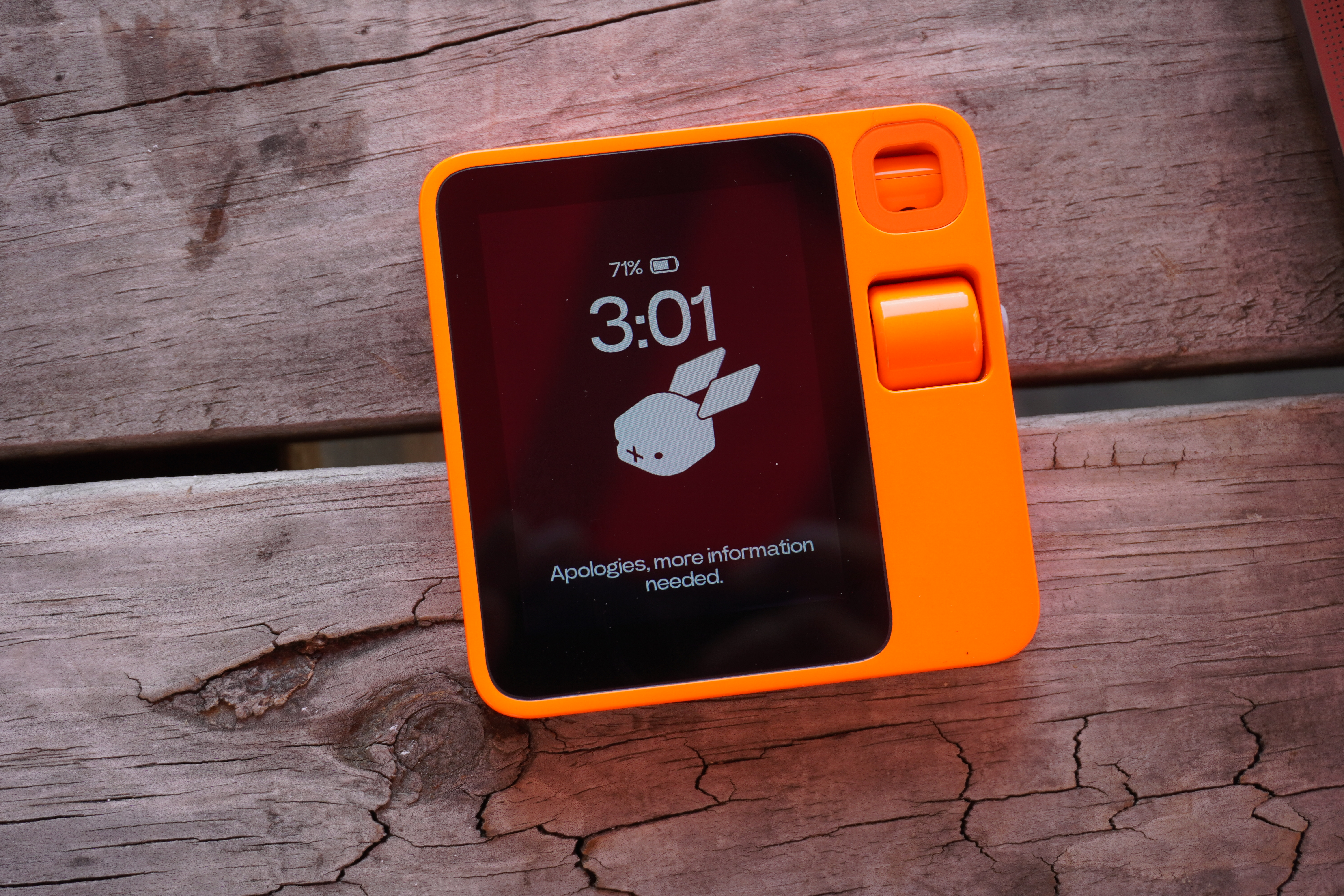

Around 5,000 people of the 100,000 who bought the Rabbit R1 are using the device at any given moment, five months after the device launched. That’s straight from the mouth of Rabbit founder Jesse Lyu, who gave the number to Fast Company while explaining that the device had to launch before it was ready in order to beat big tech companies to the punch.
That’s a big fall from the moment AI gadgets were having earlier this year. There was tremendous hype around the R1 after its CES debut, and an air of mystery surrounded Humane’s AI Pin before its reveal. Both shipped without any of the futuristic grandeur that was promised. As The Verge’s David Pierce wrote in his review of the R1, “the whole thing just feels broken.” Maybe that’s why almost nobody is using the R1 or why, last month, Humane was taking back more AI Pins than it was selling.
-
 “The object you are holding appears to be a tomato, not something intended for consumption.”
“The object you are holding appears to be a tomato, not something intended for consumption.”You know, I think I’m coming around on the Rabbit R1.
-
 “You’re holding a taco!”
“You’re holding a taco!” -
 Battle of the AI gadgets.
Battle of the AI gadgets. -
 An OpenAI outage briefly broke push-to-talk requests on all Rabbit R1 devices.
An OpenAI outage briefly broke push-to-talk requests on all Rabbit R1 devices.The only remaining issue is that even after paying $200, your ability to even try to get responses from your Rabbit R1 AI hardware depends on other AI companies keeping things running 24/7.
-
 Take a look inside the Rabbit R1 and the Humane AI Pin.
Take a look inside the Rabbit R1 and the Humane AI Pin.I love a good iFixit teardown, and this one is super instructive. You can really see how much more polished and complex the AI Pin is, but both have a lot of tech and design even inside their cases. And if you’re thinking, gosh, there’s a lot of phone-like stuff in here… you’re getting it.
-

“You’re holding a taco.”
My Rabbit R1 told me that the other day. I was sitting at a table at a cafe on the National Mall in Washington, DC, and I had just picked up this $199 orange rectangle of a gadget and pointed it at the food in my hand. With unwavering, absolute confidence, the R1 told me it was a taco.
-

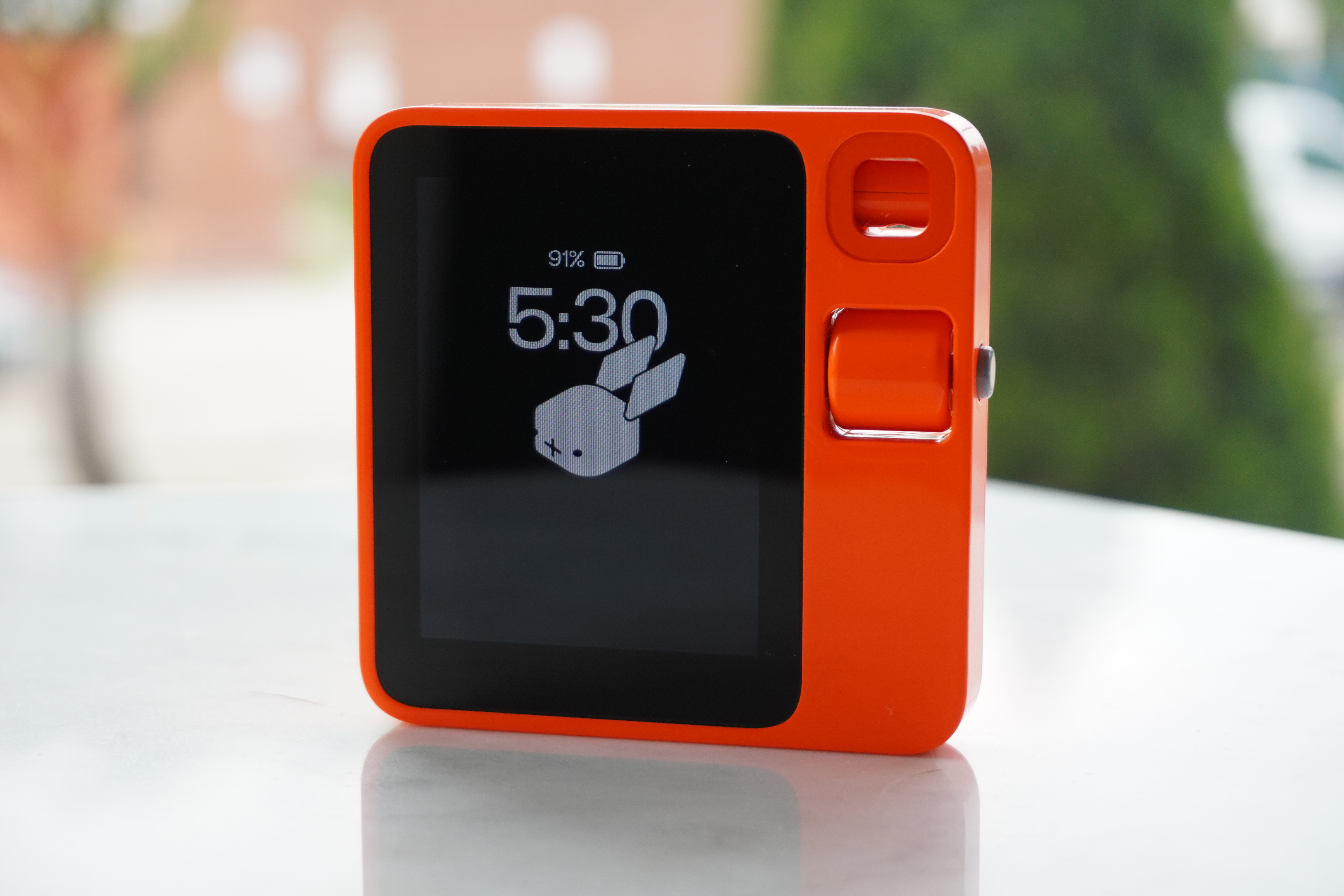

-

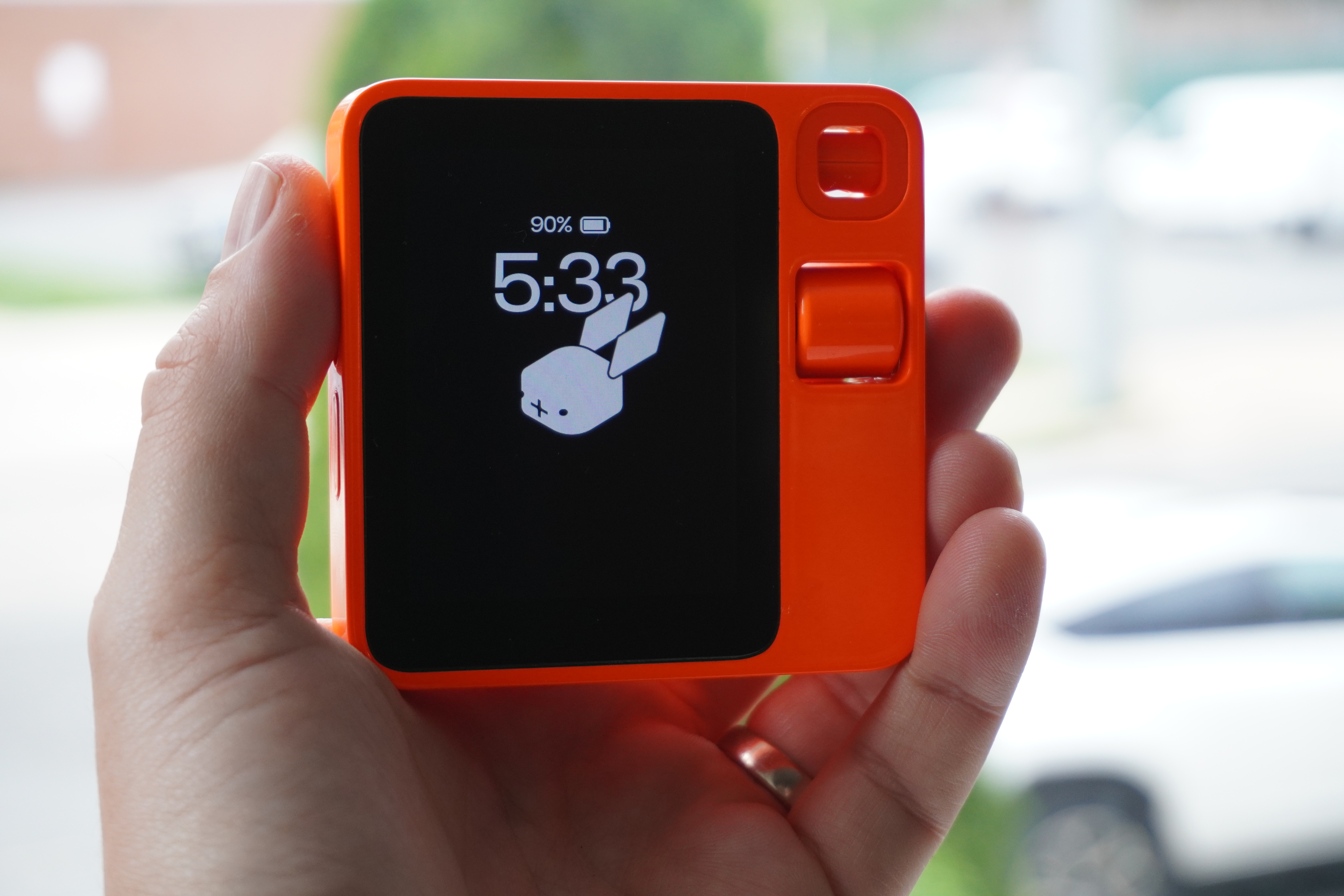

Just a week after its initial launch, the Rabbit R1’s first software update is here — and not a moment too soon. Right on top of the list of improvements in the OTA update is “up to 5x” improved idle battery performance, addressing a major pain point for early R1 adopters. It’s also great news for me, specifically, because my R1 is constantly out of power.
Today’s update consists of two parts: an OTA update pushed directly to R1 devices and a cloud update to Rabbit OS. Battery life is far from the only issue addressed — other highlights include an improved music playback UI, improved Bluetooth reliability, and a fix for a compatibility issue when the device is plugged into a car that seems to have bricked at least one R1.
-
 “What are we doing here?”
“What are we doing here?”Marques Brownlee asks, incredulously, about 14 minutes into his brutal review of the Rabbit R1, after going over the device’s features (or lack thereof).
The question segues into a rant about the miserable trend of new hardware, games, cars, and now “borderline non-functional” AI gadgets that release half-broken, with promises of something better down the line.
-

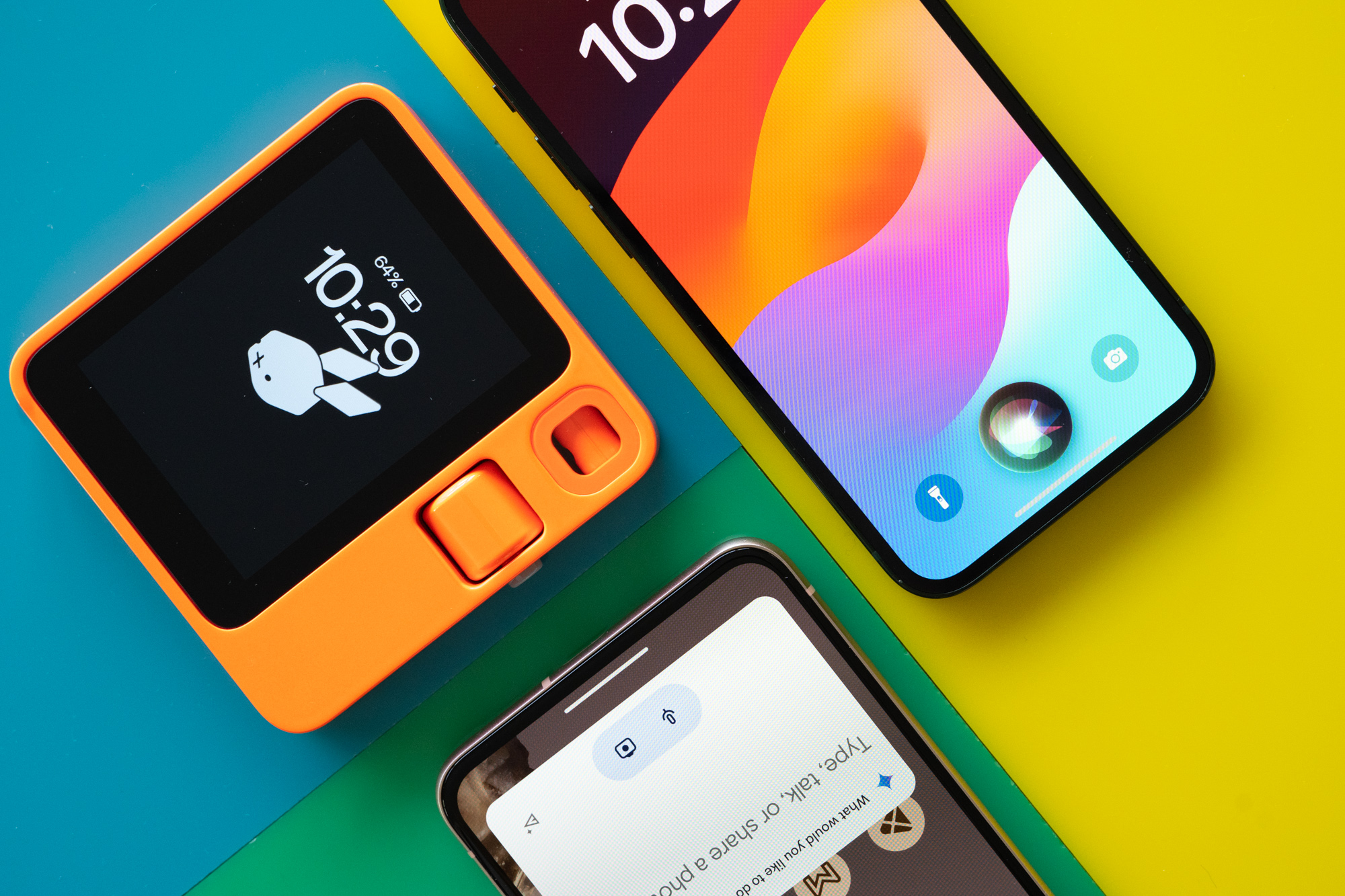

Welcome to another episode of the fantastic new game show where we quiz virtual assistants! Say it with me, folks: “Are you smarter than just googling it?” Let’s welcome our contestants.
You probably know our first two contestants from such hits as “Set a timer for me” and “How much time is left on my timer?”: Siri and Google Assistant! Big round of applause for these hard-working smartphone assistants. Next up is a newcomer — it’s sleek, it’s orange, it’s the Rabbit R1!
-
 “This should be an app.”
“This should be an app.”Dave2D aims directly at the heart of the existential problem of AI gadgets with his casual redesign of the Rabbit R1. That is, anything meaningful they do can be boiled down to an app on the smartphone that’s already in your pocket.
-
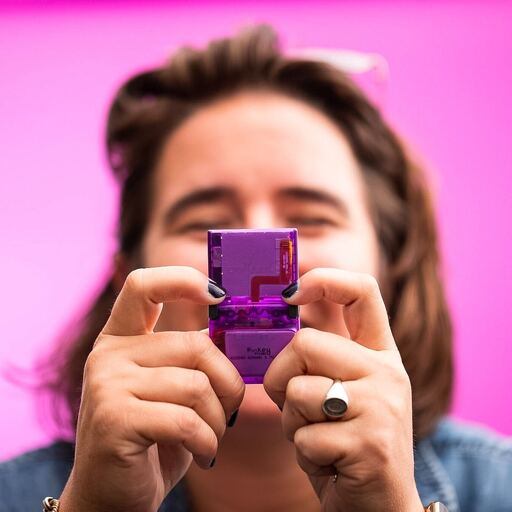 The Rabbit R1 was faster than expected at one thing.
The Rabbit R1 was faster than expected at one thing.One owner apparently plugged his into his car after recieving it at the swanky NYC event a few days back and it promptly bricked itself.
They said that Rabbit was quick to replace it, but not before they snapped a pic of what looks like an Android debugging UI.
-



There were times I wasn’t sure the Rabbit R1 was even a real thing. The AI-powered, Teenage Engineering-designed device came out of nowhere to become one of the biggest stories at CES, promising a level of fun and whimsy that felt much better than some of the more self-serious AI companies out there. CEO Jesse Lyu practically promised the world in this $199 device.
Well, say this for Rabbit: it’s real. Last night, I went to the swanky TWA Hotel in New York City, along with a few hundred reporters, creators, and particularly enthusiastic R1 buyers. After a couple of hours of photo booths, specialty cocktails, and a rousing keynote and demo from Lyu — in which he made near-constant reference to and fun of the Humane AI Pin — we all got our R1s to take home. I’ve been using mine ever since, and I have some thoughts. And some questions.
-
 I got my Rabbit R1.
I got my Rabbit R1.And I have so many questions (SO many questions) and so much setup and testing to do. I’ll write some initial thoughts tomorrow, but I’m definitely enjoying the way this thing feels. More a Fun Toy than a Smartphone Killer, you know?
Let me know if there’s anything you want to know about the Rabbit R1 or have ideas for tests I should do! More soon.
-
 Hello from the Rabbit R1 launch party!
Hello from the Rabbit R1 launch party!I haven’t been to a gadget launch like this in… a long time. We’re at the swanky TWA Hotel in NYC, where a bunch of early Rabbit adopters will get their AI gadgets. There’s a 360 Photo Booth! And a speakeasy! And a whole installation of scroll wheels! AI!
-
 The Rabbit R1 comes with a “vintage cassette style travel case.”
The Rabbit R1 comes with a “vintage cassette style travel case.”In the meantime, here’s what owners can expect to see when opening their Rabbit shipment.
-



I’m just going to call it: we’ll look back on April 2024 as the beginning of a new technological era. That sounds grandiose, I know, but in the next few weeks, a whole new generation of gadgets is poised to hit the market. Humane will launch its voice-controlled AI Pin. Rabbit’s AI-powered R1 will start to ship. Brilliant Labs’ AI-enabled smart glasses are coming out. And Meta is rolling out a new feature to its smart glasses that allow Meta’s AI to see and help you navigate the real world.
There are many more AI gadgets to come, but the AI hardware revolution is officially beginning. What all these gadgets have in common is that they put artificial intelligence at the front of the experience. When you tap your AI Pin to ask a question, play music, or take a photo, Humane runs your query through a series of language models to figure out what you’re asking for and how best to accomplish it. When you ask your Rabbit R1 or your Meta smart glasses who makes that cool mug you’re looking at, it pings through a series of image recognition and data processing models in order to tell you that’s a Yeti Rambler. AI is not an app or a feature; it’s the whole thing.
-
 The Rabbit R1 will start shipping on Easter Sunday (March 31st).
The Rabbit R1 will start shipping on Easter Sunday (March 31st). -
 Checking in on the Rabbit R1’s note-taking prowess.
Checking in on the Rabbit R1’s note-taking prowess.





